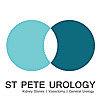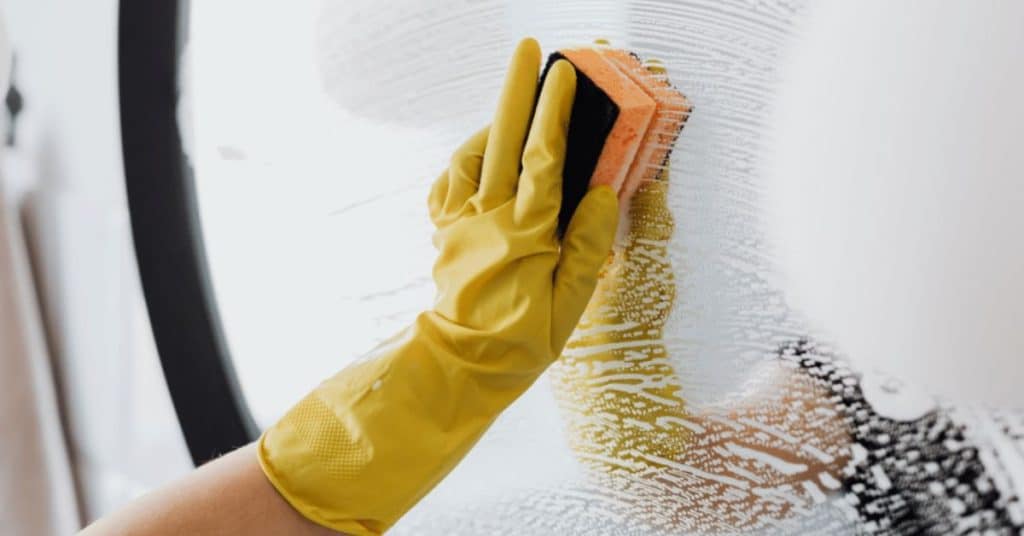Find effective bladder pain syndrome treatment options, from at-home coping tips to advanced therapies. Learn how to manage flares and improve your quality of life. The post Coping with Bladder Pain Syndrome: Tips and Therapies appeared first on St Pete Urology.
3 Key Takeaways:
- Lifestyle is a First-Line Defense: Simple at-home strategies like stress management, gentle exercise, and heat therapy are foundational to managing BPS.
- Diet is a Powerful Tool: Following an IC-friendly diet by avoiding common triggers like caffeine and citrus is one of the most effective ways to prevent flares.
- A Multi-Layered Approach is Best: The most successful BPS management combines self-care with medical therapies like bladder instillations and physical therapy.

Living with Bladder Pain Syndrome (BPS), also known as Interstitial Cystitis (IC), is a daily challenge that goes far beyond physical discomfort. The persistent pain, urgency, and frequency can disrupt work, social life, and emotional well-being. While the condition can feel overwhelming, it’s important to know that you are not powerless. An effective bladder pain syndrome treatment plan is not about a single cure, but rather a multi-layered approach that combines self-care strategies with advanced medical therapies.
This guide is designed to empower you with practical tips and information. We will explore at-home coping mechanisms, the crucial role of diet, how to manage acute flares, and the clinical treatments that can provide significant relief.
Your First Line of Defense: At-Home Bladder Pain Relief
Managing BPS often begins at home with simple, consistent lifestyle adjustments. These first-line strategies can help reduce overall symptom severity and improve your daily comfort, providing effective bladder pain relief at home.
- Stress Management: Stress is a well-known trigger for BPS flares. Incorporating relaxation techniques like deep breathing, meditation, or gentle yoga can help calm the nervous system and, in turn, the bladder.
- Gentle Exercise: While high-impact exercise can worsen symptoms, gentle activities like walking and stretching can improve blood flow and release pain-relieving endorphins.
- Heat or Cold Therapy: Applying a heating pad to your lower abdomen or back can soothe muscle tension and ease pain. Some people find relief from a cold pack instead.
- Comfortable Clothing: Avoid tight pants, belts, or fabrics that put pressure on your abdomen and pelvic area. Opt for loose, breathable clothing.
Managing Flares with an IC Diet Food List
For many people with BPS, diet is the single most impactful tool for managing symptoms. The Interstitial Cystitis Association reports that up to 90% of patients notice symptom flares after consuming certain foods or drinks. Following an ic diet food list helps you identify and eliminate personal triggers.
While triggers are unique to each person, common culprits include acidic, spicy, and caffeinated items.
- Common Trigger Foods (To Avoid):
- Coffee, black tea, and soda (caffeine & carbonation)
- Citrus fruits (oranges, lemons, grapefruit)
- Tomatoes and tomato-based products
- Spicy foods (hot peppers, chili)
- Chocolate
- Alcohol and artificial sweeteners
- Generally “Safe” Foods (To Try):
- Pears, blueberries, and mild apples
- Avocados, broccoli, and cucumbers
- Lean proteins like chicken and fish
- Oats and rice
- Plain water and chamomile or peppermint tea
An elimination diet, where you remove potential triggers and slowly reintroduce them one by one, is the best way to discover what affects your bladder.
How to Calm an IC Flare Up
Despite your best efforts, flare-ups can still happen. When a wave of pain and urgency hits, having a go-to action plan can make a significant difference. Here’s how to calm an IC flare up quickly:
- Hydrate Smart: Drink small, frequent sips of plain water to dilute your urine without over-filling your bladder too quickly.
- Apply Heat: Use a heating pad on your lower abdomen or between your legs to relax tense pelvic floor muscles.
- Take a Soothing Bath: A warm bath, with or without Epsom salts, can provide immediate comfort and reduce pain.
- Rest and Relax: Lie down with a pillow under your knees to take pressure off your pelvic floor. Practice deep, slow breathing to calm your nervous system.
- Consider a pH Balancer: Some people find relief by taking an over-the-counter supplement like calcium glycerophosphate (e.g., Prelief) before a potentially problematic meal, but always consult your doctor first.
Medical Treatments for BPS
When lifestyle changes aren’t enough, your urologist has several advanced medical therapies to offer. These treatments target the bladder directly to reduce inflammation and interrupt pain signals.
- Oral Medications: A variety of medications can help, including antihistamines to calm mast cell activity, tricyclic antidepressants to block pain, and Elmiron (pentosan polysulfate sodium), the only oral drug specifically FDA-approved to rebuild the bladder’s protective lining.
- Bladder Instillations: This is a cornerstone of BPS therapy. During bladder instillations for IC, a “cocktail” of soothing medications (often including a local anesthetic like lidocaine and an anti-inflammatory agent) is placed directly into the bladder via a small catheter. This provides targeted relief to the bladder wall.
- Pelvic Floor Physical Therapy: A specialized physical therapist can help release tension in the pelvic floor muscles, which are often tight and painful in BPS patients.
Conclusion
Coping with Bladder Pain Syndrome is an active, ongoing process. By combining proactive at-home strategies, mindful dietary choices, and the right medical support, you can significantly reduce your symptoms and reclaim your life from chronic pain. You don’t have to navigate this journey alone; a personalized and compassionate approach is key to finding what works for you.
The expert team at St Pete Urology is dedicated to helping patients find lasting relief from BPS. We will work with you to create a comprehensive management plan tailored to your unique needs.
Contact St Pete Urology today to schedule your consultation and start your journey toward better bladder health.
References:
- Interstitial Cystitis Association. (n.d.). The IC Diet. Retrieved from https://www.ichelp.org/living-with-ic/interstitial-cystitis-and-diet/
- Mayo Foundation for Medical Education and Research. (2021, August 13). Interstitial cystitis – Diagnosis and treatment. Mayo Clinic. Retrieved from https://www.mayoclinic.org/diseases-conditions/interstitial-cystitis/diagnosis-treatment/drc-20354764
- Urology Care Foundation. (n.d.). Interstitial Cystitis (IC)/Bladder Pain Syndrome (BPS). American Urological Association. Retrieved from https://www.urologyhealth.org/urology-a-z/i/interstitial-cystitis
The post Coping with Bladder Pain Syndrome: Tips and Therapies appeared first on St Pete Urology.







